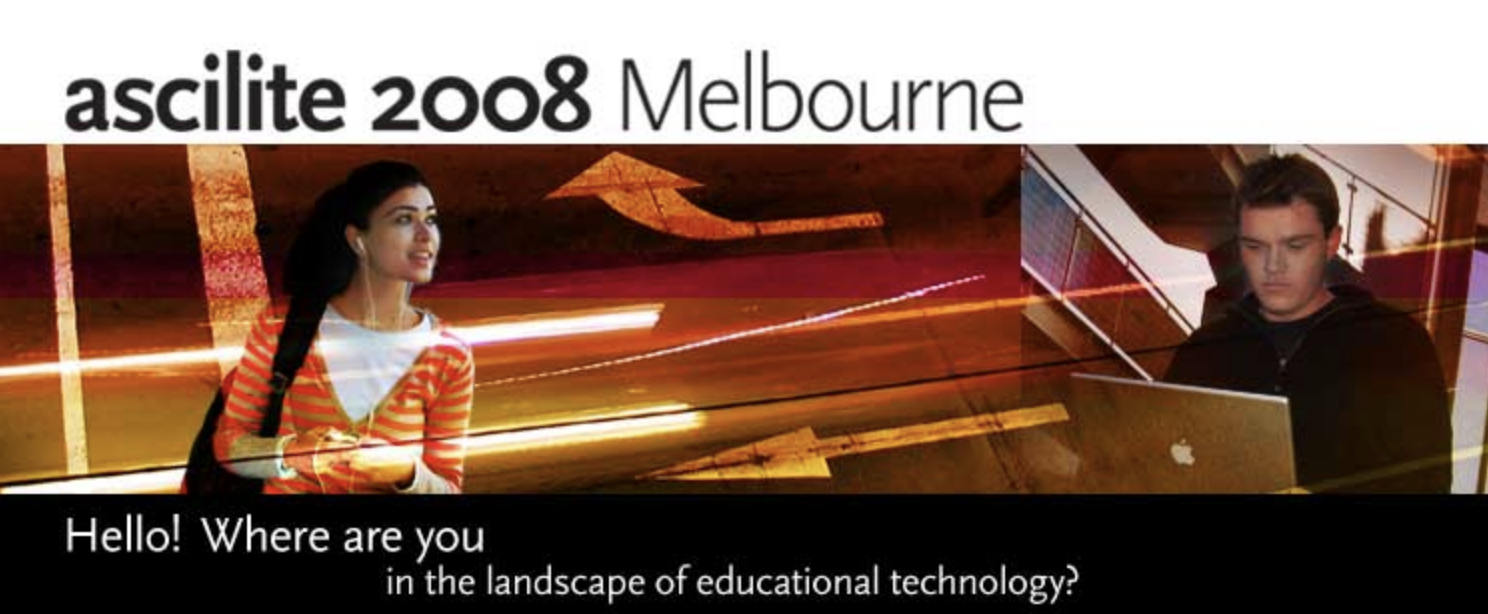Rich media technologies and uncertain futures
Developing sustainable, scalable models
DOI:
https://doi.org/10.14742/apubs.2008.2500Keywords:
rich media technologies, videoconferencing, problematic adoptionAbstract
Rich media technologies are commonly defined as technologies that enable users to engage in interactive communication, with the ability to see, hear and interact with multiple communication streams synchronously or access them asynchronously. Rich media technologies are also characterised by their ability to support non-verbal communication such as body language and vocal inflection. The rapidly increasing access to rich media technologies such as video and web conferencing both commercially available and as open source, provides a wealth of opportunities for education. This is a rapidly changing landscape as existing and emerging technologies increase both access and expectation in regards to communication. Coupled with this is the growing recognition that new generations of students have greater expectations of media rich learning opportunities and in many cases institutions are poorly placed to respond to this demand.
While rich media technologies such as videoconferencing have been available for some considerable time, the adoption of these technologies is often problematic, resulting in ad hoc usage and little ability to cater to unexpected demand. Few institutions have adopted successful approaches to sustainable or scalable use of these technologies. This paper explores some of the reasons why sustainable and scalable adoption of rich media often fails, including the need to involve all stakeholders in decision making processes. It outlines an Australian Teaching and Learning Council funded project on leading rich media implementation collaboratively which seeks to address some of the issues faces by the sector and reports on progress to date.
Downloads
Published
Issue
Section
Categories
License
Copyright (c) 2025 Trish Andrews, Robyn Smyth, Belinda Tynan, Deb Vale, Richard Caladine

This work is licensed under a Creative Commons Attribution 4.0 International License.





